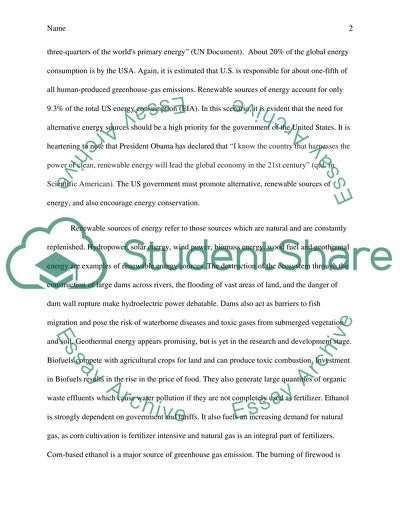Cite this document
(“Extreme Importance of Alternative Energy Sources Research Paper”, n.d.)
Extreme Importance of Alternative Energy Sources Research Paper. Retrieved from https://studentshare.org/environmental-studies/1460578-essay
Extreme Importance of Alternative Energy Sources Research Paper. Retrieved from https://studentshare.org/environmental-studies/1460578-essay
(Extreme Importance of Alternative Energy Sources Research Paper)
Extreme Importance of Alternative Energy Sources Research Paper. https://studentshare.org/environmental-studies/1460578-essay.
Extreme Importance of Alternative Energy Sources Research Paper. https://studentshare.org/environmental-studies/1460578-essay.
“Extreme Importance of Alternative Energy Sources Research Paper”, n.d. https://studentshare.org/environmental-studies/1460578-essay.


